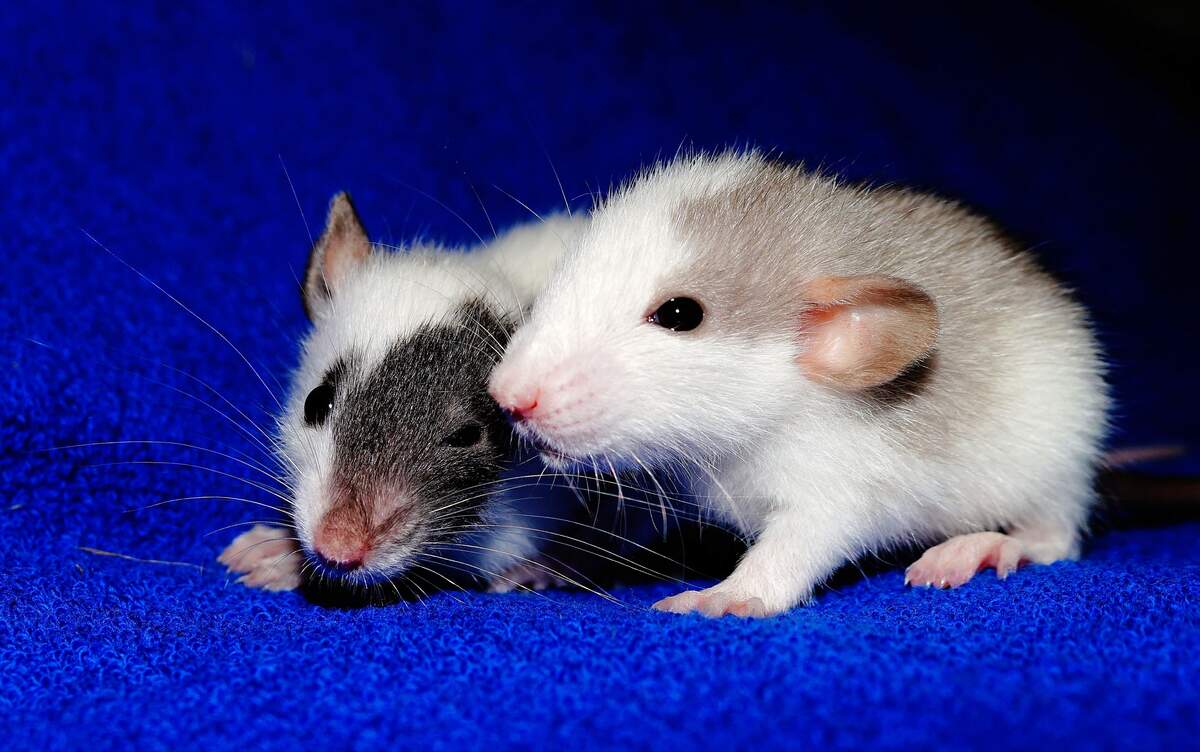

World Rat Day
Observed
annually on April 4th (since 2003)
Dates
Founded by
Members of the ratlist in 2002
Hashtags
Sources
http://www.worldratday.com/WhatIs.html
https://en.wikipedia.org/wiki/Fancy_rat
https://www.afrma.org/
https://www.forbes.com/sites/tarahaelle/2020/04/04/its-world-rat-day-in-the-year-of-the-rat-gratitude-for-rats-role-in-biomedical-advances/?sh=2e7761677e12
https://www.anrdoezrs.net/links/100298379/type/dlg/https://www.newspapers.com/image/778996019/
In 2002, a discussion came up on the ratlist—"the oldest mailing list on the internet dedicated to the pet rat"—to create "a holiday to honor and promote pet rats as the wonderful companion animals they are." April 4 was chosen as the date for the holiday, in tribute to the ratlist, since the ratlist is associated with the date. The holiday recognizes "the fancy rat as a wonderful pet and companion animal for people of all ages." It is used as a day to bring some respect back to rats, whose image suffers from ignorance and prejudice. Private parties and ratfests are organized, treats and gifts are given to pet rats, and photographs are taken of pet rats.
Fancy rats may be both show animals and pets, and their coats come in a variety of colors and patterns. On account of breeding, domesticated rats are more colorful than their wild counterparts—being cinnamon, white, and blue in hue—and are tamer, have a different temperament, and live longer. Fancy rats are affordable and generally easy to care for.
The brown or Norway rat, Rattus norvegicus, was domesticated to become the fancy rat. The rat had been colonizing Europe—especially England—in the eighteenth century, where it drove out the native Black rat, which was smaller and less adaptable. There were so many wild rats that they started being captured and put in rat pits to be used for rat-baiting. Bets were placed on dogs, usually terriers, and the dog that killed the most rats in the shortest amount of time was declared the winner.
Rats with odd and unique colors began turning up and were bred to produce more, by rat catchers and those involved with the sport. The fancy rat had arrived. During the mid-nineteenth century, Jimmy Shaw bred these colored rats and likely sold them as pets. Jack Black, the royal rat catcher for Queen Victoria, also bred and sold them during this era. He is now regarded as "the originator of the first true domestic rats."
In 1901, Miss Mary Douglas, "the mother of the rat fancy," asked the National Mouse Club if they would let rats join an exhibition and the organization. Rats were permitted, and Douglas's black-and-white hooded rat won best in show, increasing interest in the animals. The organization's name was changed to the National Mouse and Rat Club in 1912. But after the passing of Douglas in 1921, interest in rats waned, and the organization reverted back to its former name, the National Mouse Club, in 1929.
It wasn't until 1976 that another organization for rats was founded, and this time for rats only: the National Fancy Rat Society. The first club devoted to rats and mice in the United States was the Mouse and Rat Breeders Association, founded in 1978. Today there are a number of clubs dedicated to rats across the United States and the world. The American Fancy Rat & Mouse Association (AFRMA) was founded in 1983. An international club, it promotes and encourages the breeding and exhibition of fancy rats and mice, educates the public on how to care for them, and highlights how they are great companion animals. World Rat Day highlights this great companionship too!
How to Observe World Rat Day
- Get a rat from a pet store or breeder. Read about how to care for them so you are prepared for your new pet!
- Spend time with your pet rat if you already have one. Surprise them with gifts and special treats. Take photos of them.
- Have a private rat party or host a public ratfest.
- Join the ratlist.
- Join the American Fancy Rat & Mouse Association.
- Plan to attend an upcoming AFRMA show.
- Check out more information about rat shows and about starting a club.
- Explore other rat organizations besides the AFRMA, such as the National Fancy Rat Society.





















